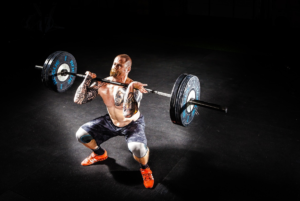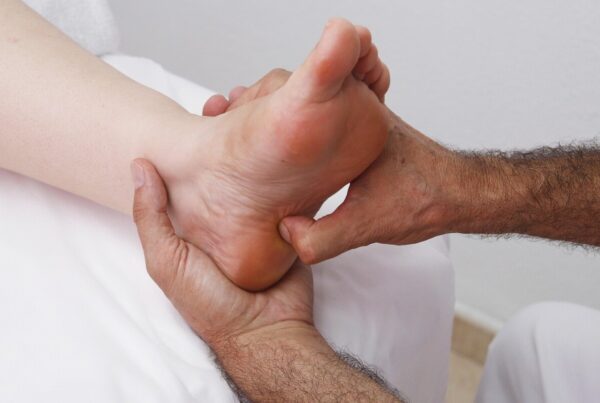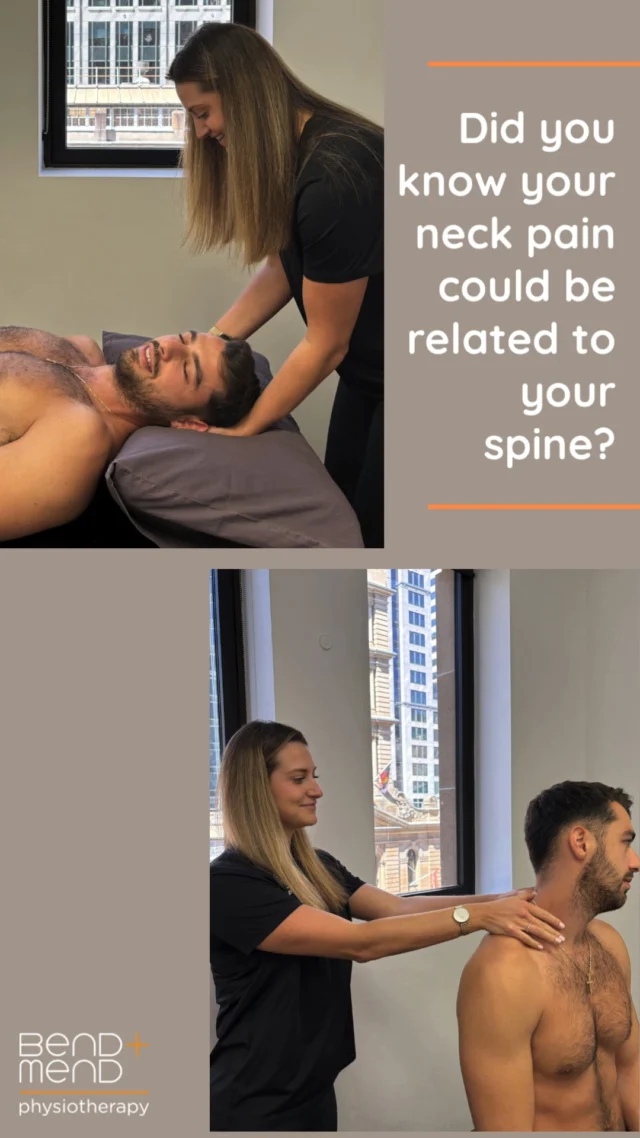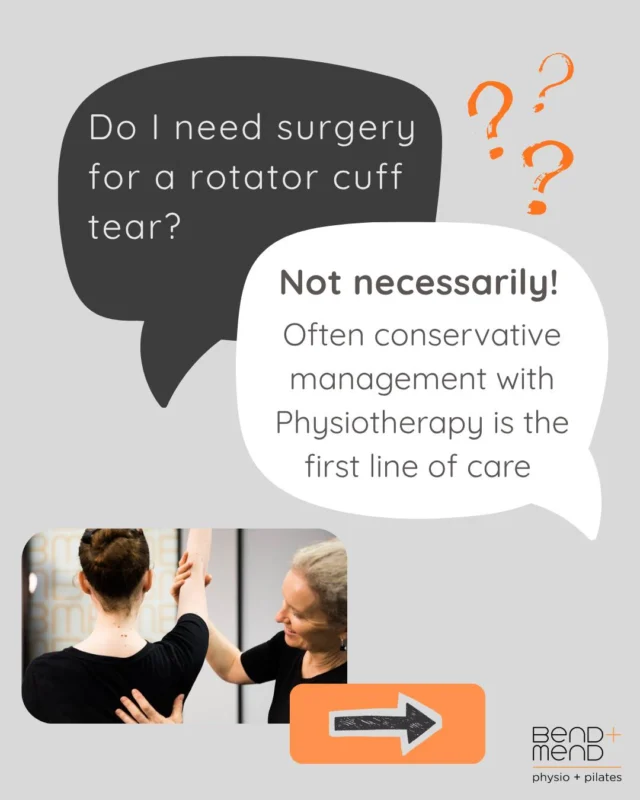Weightlifting is a great way to build strength, grow muscle mass and keep bones strong and healthy. However, it can also be a high-risk activity for injuries, especially to the knees and ankles.
 Some common knee and ankle injuries in weightlifters include:
Some common knee and ankle injuries in weightlifters include:
- Patellofemoral pain syndrome (PFPS) is a condition that causes pain in the front of the knee. It is often caused by overuse or strength imbalance by certain muscles or improper form during squats or other exercises.
- Fat pad impingement is an irritation of the Hoffa’s pads that live below the knee cap and work to protect the joint under lock as shock absorbers. If the muscles around the knees and hips are overloaded, increased stress can be put on the fat pads and cause impingement.
- Ankle sprains are another common injury in weightlifters. They are caused by twisting or rolling the ankle, landing awkwardly under bigger challenges and demands e.g. box jumps with weights or poor technique in power movements e.g. clean and jerks.
A few things weightlifters can do to help prevent knee and ankle injuries can include:
- Using proper form. This is especially important for exercises that put a lot of stress on the knees and ankles, such as squats and deadlifts. Working with a trainer, exercise physiologist or your physio to harness the correct technique is vital.
- Strengthening the muscles around the knees and ankles. This will help to improve stability and reduce the risk of injury.
- Wearing appropriate footwear for your feet e.g. shoes with arch support if you are flat-footed may reduce the pressure on the knee joint during lots of landing load.
- Warming up properly. This helps to prepare the body for exercise and reduce the risk of injury.
- Cooling down properly. This helps to reduce inflammation and pain after exercise.
If you do experience a knee or ankle injury, it is important to seek medical attention. A Physiotherapist can help you to diagnose the injury and develop a treatment plan.





